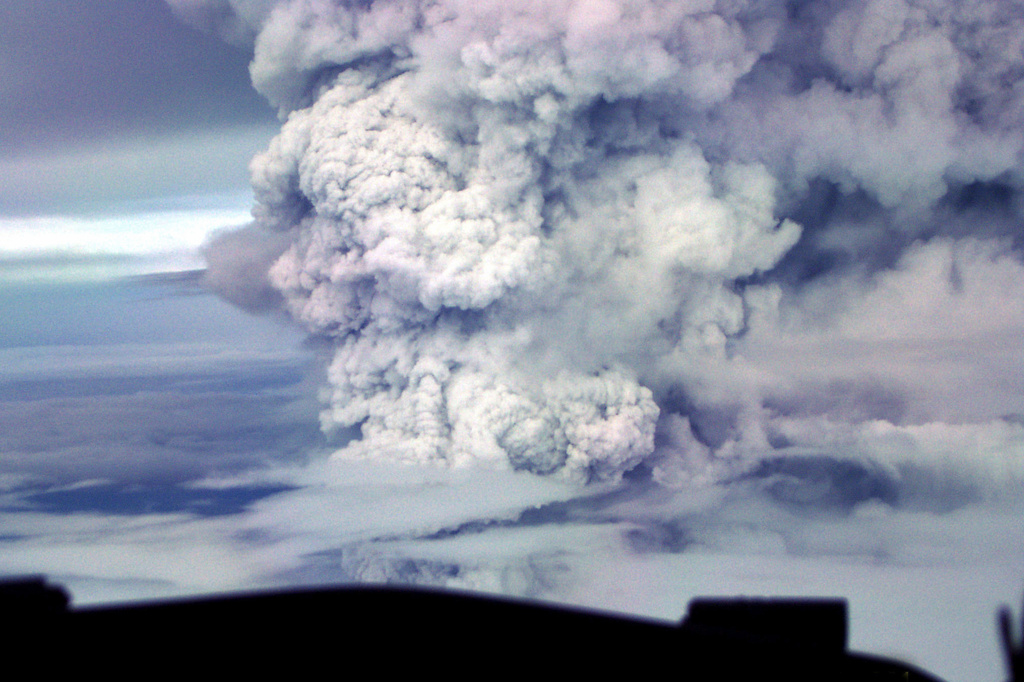CANBERRA, Australia — The eruption of Papua New Guinea’s tallest volcano subsided Tuesday, but thick ash still billowed into the sky and coated roofs and palm trees nearby.
One of the South Pacific nation’s most active volcanoes, Mount Ulawun erupted on Monday afternoon, spewing ash as high as 15 kilometers (50,000 feet).
The alert level for the volcano on the northeastern island of New Britain was downgraded by Papua New Guinea’s Geohazards Management Division to Stage 3, which means a moderate-to-strong eruption. It had been at Stage 4 on Monday, indicating a very strong eruption.
Read More: 8 of the World’s Most Dangerous Volcanoes, According to Experts
But the volcano, which stands 2,334 meters (7,657 feet) above sea level, remained active and the eruption could continue indefinitely, the division said.
The Volcanic Ash Advisory Center in Darwin, Australia, reported volcanic smoke rising as high as 15,000 meters (50,000 feet) on Monday.
The Papua New Guinea division reported the ash plume rising at least 5,000 meters (16,000 feet) on Tuesday before becoming lost in atmospheric cloud.
The small volcanic particles in ash plumes can be carried long distances by wind and can threaten aviation. A thick plume extended tens of kilometers (miles) to the northwest of Mount Ulawun on Tuesday.
The Civil Aviation Safety Authority of Papua New Guinea did not immediately respond to an email asking if air travel was being affected. The FlightAware tracking website showed normal activity Tuesday at the nearest large airports, in the national capital Port Moresby and in Honiara, the Solomon Islands capital.
The nearest large town is Bialla, which is established among palm oil plantations on Ulawun’s slopes 47 kilometers (29 miles) to the southwest, the division said. Hargy Oil Palm Ltd., a company based in Bialla, did not immediately respond to an email request for comment.
The division said heavy coatings of black ash were causing leaves to droop in palm oil plantations near the volcano and were accumulating on roofs.
Bialla has a population of more than 13,000 people, according to the World Bank.
The eruption had prompted Japan to assess the risk of a possible tsunami Monday, but none occurred and Papua New Guinea’s division said the threat was “nil.”
Papua New Guinea sits on the “Ring of Fire,” the arc of seismic faults around the Pacific Ocean where much of the world’s earthquake and volcanic activity occur. Ulawun has repeatedly erupted since 1700s, and its last major eruption in 2019 led to more than 5,000 people being evacuated.
The division said there were no known casualties from Ulawun’s history of eruptions.
But major impacts in terms of population displacement, infrastructure damage and disruption to services were common, the division said.
